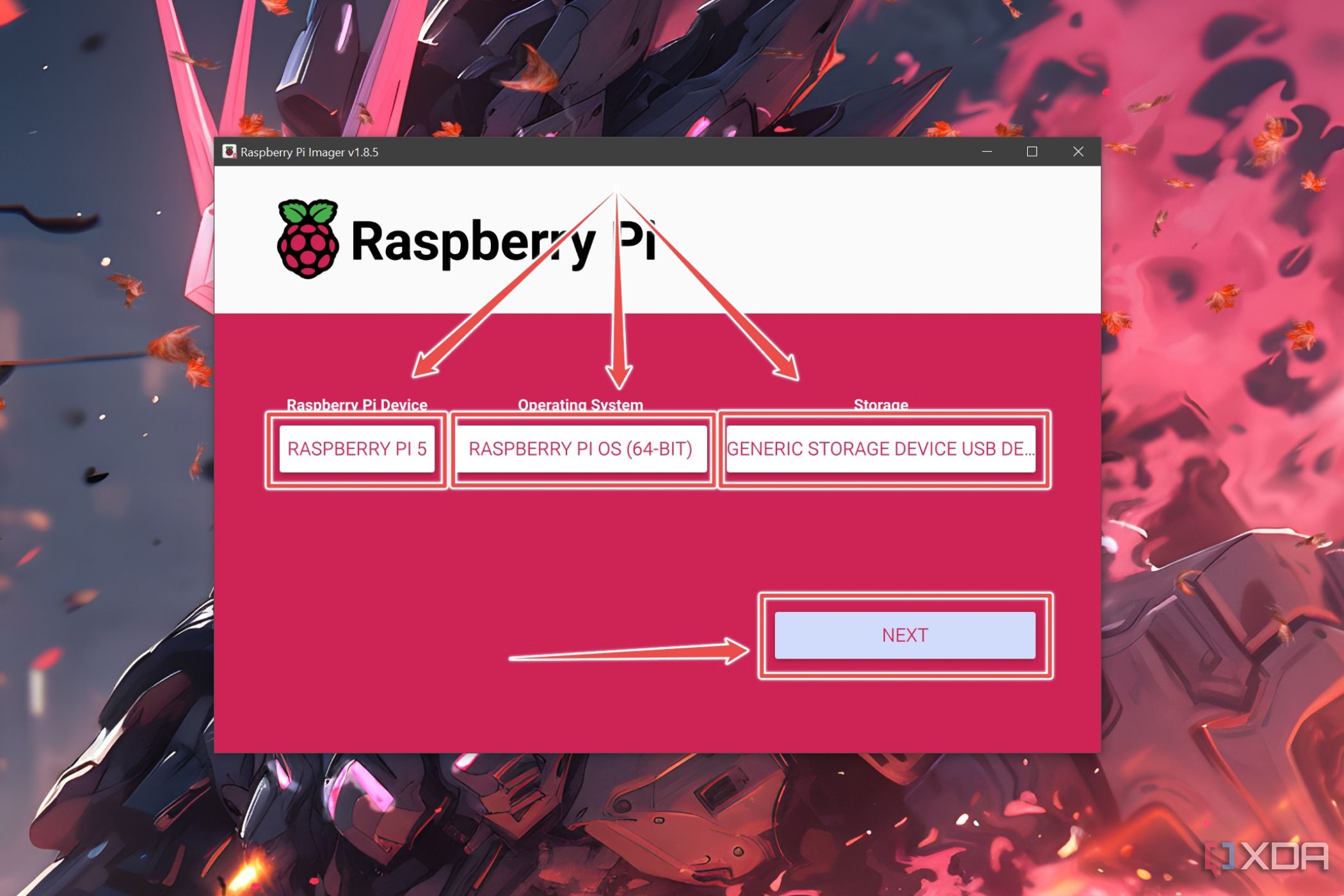How To SSH Into Raspberry Pi From Outside Network: A Beginner’s Guide
So, you’ve got this Raspberry Pi sitting in your home network, and you’re wondering how to access it remotely from anywhere in the world. SSH into Raspberry Pi from outside network sounds like a magical tech trick, right? But trust me, it’s not as complicated as it seems. Whether you’re a hobbyist or a tech enthusiast, this guide will walk you through every step to make remote access a breeze.
Now, let’s face it—working with Raspberry Pi can be both exciting and challenging. One of the coolest things about this tiny device is its ability to serve as a server, media center, or even a home automation hub. But what happens when you’re not at home? Can you still control your Pi remotely? Absolutely! And that’s where SSH (Secure Shell) comes in.
SSH into Raspberry Pi from outside network opens up endless possibilities. You can manage files, run scripts, or monitor your home security system—all from the comfort of your couch or a distant café. So, buckle up because we’re about to dive deep into this tech-savvy adventure. No need to panic; I’ll break it down step by step so even a total newbie can follow along.
- Why Masahublive Is Revolutionizing Online Experiences
- Aditi Mystery Sex Videos Unveiling The Truth Behind The Controversy
Why SSH Into Raspberry Pi from Outside Network?
Let’s talk about why this whole SSH thing is such a big deal. Imagine this: you’ve set up a Raspberry Pi as a media server at home, but you’re traveling for work. Wouldn’t it be awesome if you could stream your favorite movies or access important files remotely? Or maybe you’ve built a home automation system, and you want to check if you turned off the lights before leaving the house. SSH makes all of this possible.
Here’s the deal: SSH is like a secure tunnel that lets you connect to your Raspberry Pi over the internet. It encrypts your data, ensuring no one can snoop on your activities. Plus, it’s super reliable and works on almost any device with an internet connection.
Benefits of Remote Access via SSH
- Convenience: Access your Pi from anywhere in the world.
- Security: SSH uses encryption to protect your data.
- Flexibility: Run commands, transfer files, and manage services remotely.
- Cost-Effective: No need for expensive hardware or software.
Now that you know why SSH is so awesome, let’s get into the nitty-gritty of how to set it up.
- Matt Czuchry Wife The Love Story Behind The Spotlight
- Unleash The Power Of Filmyflycom 2024 Movie Your Ultimate Streaming Destination
Preparing Your Raspberry Pi for SSH
Before we jump into the deep end, you’ll need to do a bit of prep work. Think of this as getting your Pi ready for its big debut on the global stage. Here’s what you’ll need:
- A Raspberry Pi (duh).
- Raspberry Pi OS installed on your device.
- An active internet connection.
- A router with port forwarding capabilities.
- A static IP address for your Pi (optional but recommended).
Once you’ve got all that sorted, it’s time to enable SSH on your Raspberry Pi. Don’t worry; it’s easier than you think.
Enabling SSH on Raspberry Pi
To enable SSH, you can either use the Raspberry Pi Configuration tool or do it manually via the command line. Here’s how:
Using Raspberry Pi Configuration:
- Open the terminal on your Pi.
- Type
sudo raspi-configand hit Enter. - Select “Interfacing Options” and navigate to “SSH.”
- Choose “Enable” and exit the menu.
Manually via Command Line:
- Open the terminal.
- Type
sudo systemctl enable ssh. - Then, type
sudo systemctl start ssh.
Voilà! SSH is now enabled on your Raspberry Pi. Easy-peasy, right?
Setting Up Port Forwarding
Alright, here’s where things get a little technical. To SSH into Raspberry Pi from outside network, you’ll need to set up port forwarding on your router. Think of port forwarding as creating a secret doorway that lets you access your Pi from the internet.
Steps to Set Up Port Forwarding:
- Log in to your router’s admin interface. Usually, you can do this by typing
192.168.0.1or192.168.1.1into your browser. - Find the “Port Forwarding” section. It might be under “Advanced Settings” or something similar.
- Create a new rule for SSH. Use port 22 (the default SSH port) and point it to your Raspberry Pi’s local IP address.
- Save the changes and reboot your router if necessary.
And just like that, your router is ready to forward incoming SSH requests to your Pi.
Why Static IP Address Matters
If you want to avoid headaches later, consider assigning a static IP address to your Raspberry Pi. This ensures that your Pi always has the same local IP address, making port forwarding much simpler.
To set a static IP:
- Open the terminal on your Pi.
- Edit the DHCP configuration file:
sudo nano /etc/dhcpcd.conf. - Add the following lines, replacing the IP address with your desired static IP:
interface eth0
static ip_address=192.168.1.100/24
static routers=192.168.1.1
static domain_name_servers=192.168.1.1
Save the file and reboot your Pi. Boom! Static IP setup complete.
Connecting to Your Raspberry Pi from Outside Network
Now comes the fun part—actually connecting to your Pi from outside your home network. There are a few ways to do this, but the most common method is using your public IP address.
Find Your Public IP Address:
Head over to a website like WhatIsMyIP.com to find your router’s public IP address. This is the address you’ll use to connect to your Pi from anywhere in the world.
Connecting via SSH:
Open your SSH client (like PuTTY on Windows or the built-in terminal on macOS/Linux). Use the following command:
ssh pi@YOUR_PUBLIC_IP
Replace YOUR_PUBLIC_IP with your actual public IP address. Enter your Pi’s password when prompted, and you’re in!
Using Dynamic DNS for Easier Access
Public IP addresses can sometimes change, which can be a pain. That’s where Dynamic DNS (DDNS) comes in. DDNS assigns a domain name to your public IP address, so you don’t have to worry about remembering a string of numbers.
Popular DDNS Services:
- No-IP
- Dynu
- ChangeIP
Sign up for one of these services, configure your router to update the DDNS record automatically, and you’re good to go.
Securing Your SSH Connection
Security is key when you’re opening up your Raspberry Pi to the outside world. Here are a few tips to keep your SSH connection safe:
- Change the Default Port: Instead of using port 22, switch to a higher port number (e.g., 2222). This reduces the chances of brute-force attacks.
- Disable Root Login: Never allow root login over SSH. Use a regular user account instead.
- Use Key-Based Authentication: Generate SSH keys on your local machine and add the public key to your Pi’s
~/.ssh/authorized_keysfile.
By following these steps, you’ll make your SSH setup much more secure.
Generating SSH Keys
Here’s how to generate SSH keys on your local machine:
- Open the terminal.
- Type
ssh-keygenand press Enter. - Follow the prompts to create your key pair.
- Copy the public key to your Pi:
ssh-copy-id pi@YOUR_PUBLIC_IP.
Now you can log in to your Pi without entering a password every time. Cool, right?
Troubleshooting Common Issues
Even the best-laid plans can go awry sometimes. If you’re having trouble SSH into Raspberry Pi from outside network, here are a few things to check:
- Is SSH Enabled? Double-check that SSH is enabled on your Pi.
- Is Port Forwarding Configured Correctly? Verify that your router is forwarding port 22 (or your custom port) to your Pi’s IP address.
- Is Your Public IP Address Correct? Make sure you’re using the right public IP address.
- Are There Firewall Restrictions? Check if your router or ISP is blocking incoming connections.
If none of these work, don’t despair. Drop by a tech forum or Reddit and ask for help. Someone’s bound to have faced the same issue.
Testing Your Connection
Before you go all-in, test your connection to make sure everything’s working as expected. Use a tool like YouGetSignal to check if your port is open. If it is, you’re golden!
Advanced Tips for Power Users
Once you’ve mastered the basics, you can take your SSH game to the next level. Here are a few advanced tips for power users:
- Set Up a Reverse SSH Tunnel: This allows you to connect to your Pi even if you’re behind a restrictive firewall.
- Use SSHFS for File Transfer: Mount your Pi’s filesystem on your local machine for seamless file access.
- Automate SSH Connections: Write scripts to automate repetitive tasks over SSH.
These techniques require a bit more expertise, but they can save you tons of time in the long run.
Exploring SSH Alternatives
While SSH is the gold standard for remote access, there are other tools you might want to explore:
- TeamViewer: A user-friendly alternative for remote desktop access.
- VNC: Allows you to control your Pi’s graphical interface remotely.
- ngrok: Creates a secure tunnel to your Pi without needing port forwarding.
Each tool has its own strengths, so choose the one that best fits your needs.
Conclusion
SSH into Raspberry Pi from outside network might sound intimidating at first, but with the right steps, it’s totally doable. From enabling SSH to setting up port forwarding and securing your connection, this guide has walked you through every aspect of remote access.
Remember, the key to success is preparation and patience. Don’t rush the process, and don’t be afraid to ask for help if you get stuck. Once you’ve got everything set up, you’ll wonder how you ever lived without remote access to your Pi.
So, what are you waiting for? Grab your Pi, roll up your sleeves, and start exploring the world of remote computing. And don’t forget to share this article with your tech-savvy friends. Happy hacking!



Detail Author:
- Name : Jazmyn Reynolds
- Username : schaden.myrtle
- Email : vito.reichel@yahoo.com
- Birthdate : 1990-03-14
- Address : 82505 Braden Mission Franeckihaven, PA 79682-2321
- Phone : 661-309-0202
- Company : Kohler-Towne
- Job : Library Science Teacher
- Bio : Quia quaerat consequatur non corrupti est sit. Voluptatem recusandae id voluptatum. Iste et veniam quas consequatur repellendus molestiae atque. Est qui quaerat iusto tenetur est et.
Socials
linkedin:
- url : https://linkedin.com/in/femmerich
- username : femmerich
- bio : Et quos nobis et totam sapiente.
- followers : 2578
- following : 1868
instagram:
- url : https://instagram.com/felipe_emmerich
- username : felipe_emmerich
- bio : Temporibus consectetur et eum sequi. Facilis exercitationem cum voluptatem.
- followers : 919
- following : 746